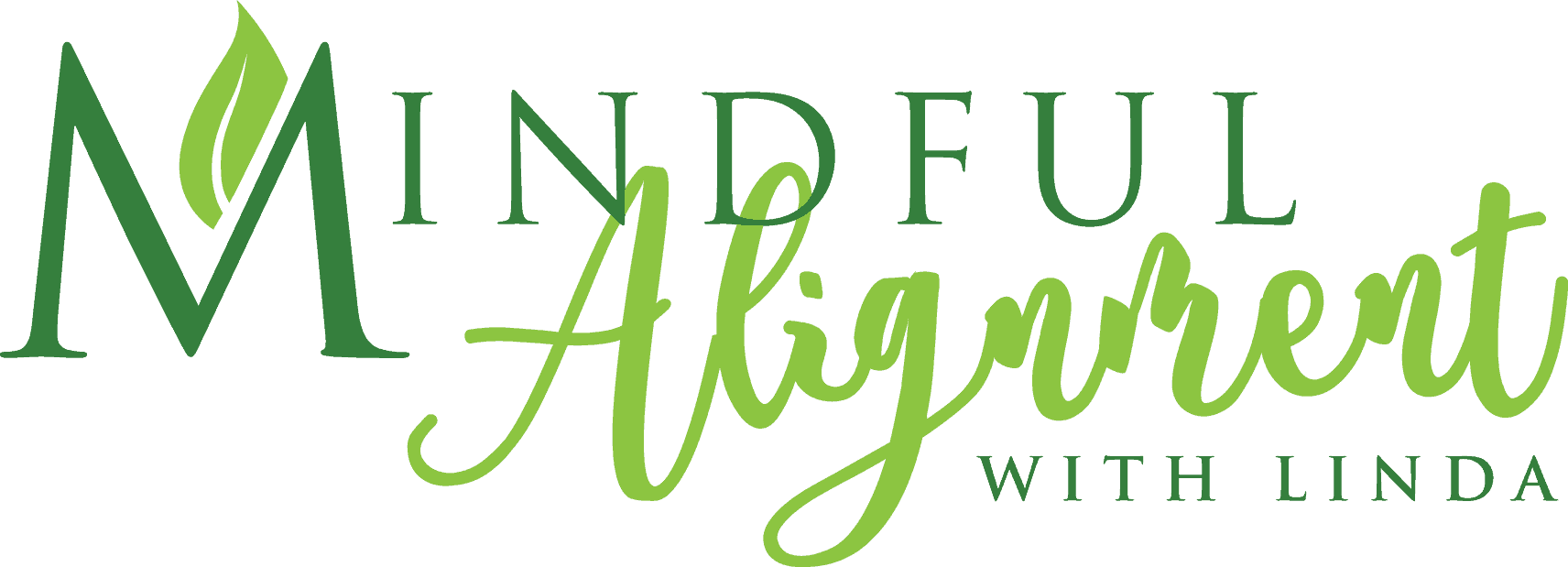Embracing Change: A Journey of Small Steps
Change is inherently challenging. While we understand the benefits of healthier eating, regular exercise, adequate sleep, and stress management, implementing these changes presents a significant hurdle.
Understanding Our Resistance
Our brains naturally gravitate toward routine and familiarity as safety mechanisms. Even when current habits negatively impact our wellbeing—whether it’s neglecting exercise, consuming unhealthy foods, or maintaining poor sleep patterns—we often prefer the comfort of known behaviors over venturing into unfamiliar territory. When life’s demands already feel overwhelming, the additional effort required for change can seem insurmountable.
The Anxiety of Change
Anxiety plays a crucial role in our resistance to change. According to Dr. Joe Dispenza, renowned neuroscientist and author, our brains are wired to maintain homeostasis—a state of physiological and psychological equilibrium. When we attempt to break established patterns, our brain interprets this disruption as a potential threat, triggering anxiety as a protective mechanism.
The Addiction of Current Emotional States
In his research, Dr. Dispenza explains that we become “addicted” to our emotional states. Our repeated thought patterns create neural networks that release specific neurochemicals, and our bodies become accustomed to these chemical states. When we try to change, we experience what he calls “withdrawal symptoms” from these familiar emotional chemicals, manifesting as anxiety, discomfort, or even fear.
“The hardest part about change is not making the same choices you made the day before,” Dr. Dispenza notes. This biological resistance creates a gap between our intellectual desire for change and our emotional readiness to embrace it. Our anxiety about the unknown—what Dr. Dispenza calls the “chemical unknown”—often drives us back to familiar patterns, even when we consciously know they don’t serve us.
Fortunately, effective change doesn’t necessitate dramatic shifts. Consistent, minor adjustments can yield substantial health improvements over time.
The Effectiveness of Incremental Change
Rather than viewing change as an absolute transformation, consider approaching it as a series of gradual modifications:
- Add just one additional vegetable serving to your daily meals instead of completely restructuring your diet
- Begin with 10 minutes of physical activity rather than committing to lengthy workout sessions
- Adjust your bedtime by 15 minutes earlier instead of immediately targeting eight hours of sleep
These modest beginnings may initially seem insignificant, but they accumulate meaningfully. As these small changes become habitual, they integrate seamlessly into your routine, eliminating the struggle previously associated with them.
Strategies for Successful Change
- Simplify Your Start – Focus on a single modest change rather than attempting multiple simultaneous adjustments.
- Personalize Your Approach – Select changes aligned with your specific circumstances and objectives instead of following prescribed “shoulds.”
- Monitor Your Journey – Utilize simple tracking methods to maintain focus and acknowledge achievements.
- Practice Self-Compassion – Recognize that change isn’t about flawlessness; resume your efforts following any setbacks.
- Cultivate a Support System – Engage friends, mentors, or communities for motivation and accountability. Consult a professional for guidance.
When contemplating whether to change, embrace the affirmative—but acknowledge that comprehensive transformation doesn’t happen overnight. Begin with small steps today, recognizing that these incremental changes ultimately lead to significant personal evolution.
What small adjustment might you implement this week?
Here’s a few videos to help you on your wellness journey:
Are you tired of living with pain?
Are your activities and daily choices determined by your level of pain?
Are you ready to change your life for the better and gain back your physical freedom?
My unique and custom designed approach comes from years of training, education and experience. Together, we will get you back to living pain free and enjoying life.
Sign up for a private session today
It’s never too late to try something new.

Related Articles:
Beyond Calcium: The Power of Yoga for Bone Health
Discover how yoga supports bone health and osteoporosis prevention. Learn science-backed poses that strengthen your skeleton and reduce fracture risk.
The Motivation Paradox: Action is the Catalyst for Healing Back Pain
Discover the Motivation Paradox of Back Pain—why waiting for motivation keeps you stuck and how action is the true catalyst for healing. Learn science-backed strategies to break the pain cycle and reclaim mobility.
Transform Back Pain Anxiety: From Uncertainty to Empowerment
Discover how to navigate pain anxiety with empowerment. Embrace uncertainty and reclaim your healing journey through mindfulness and resilience.
Transforming Your Relationship with Back Pain: A Mindset Revolution
Back pain is more than a physical challenge—it's a profound psychological journey. The real battle isn't just in your muscles and joints, but in your mind. Your thoughts can either be a prison or a pathway to healing. Reframing Your Inner Narrative When chronic pain...




